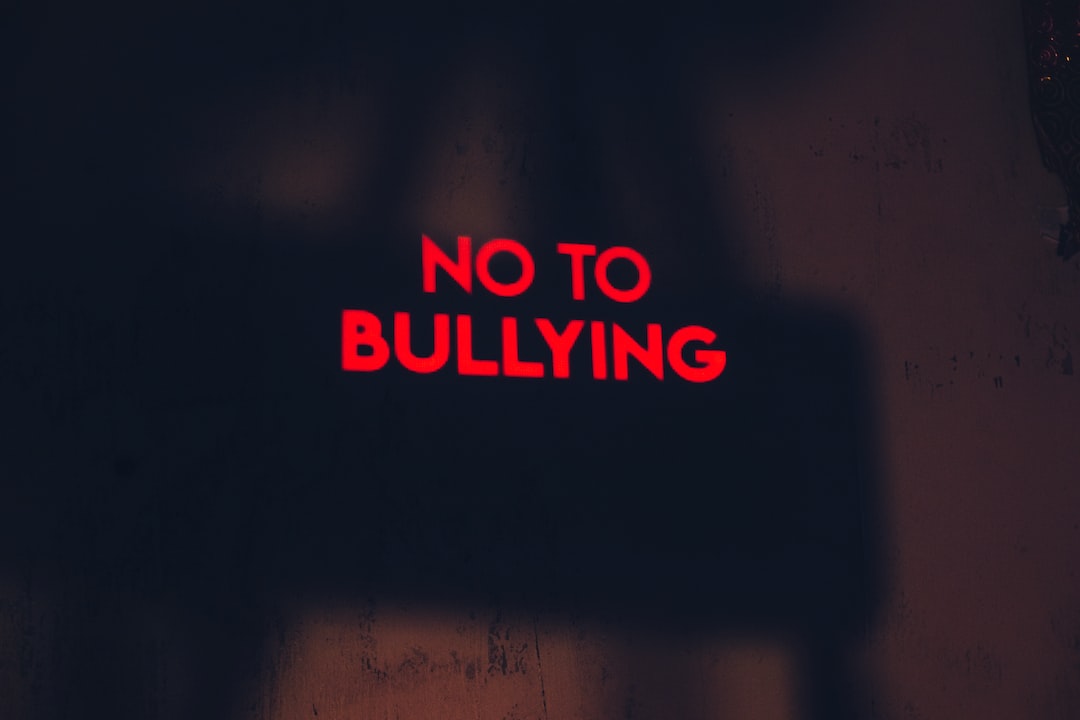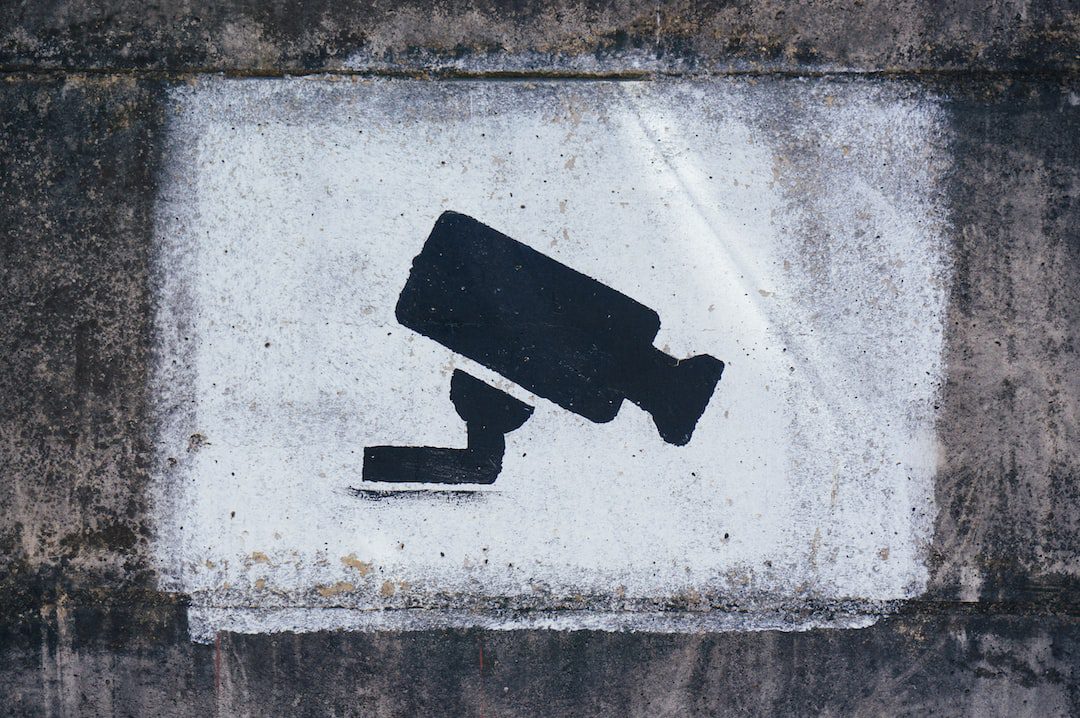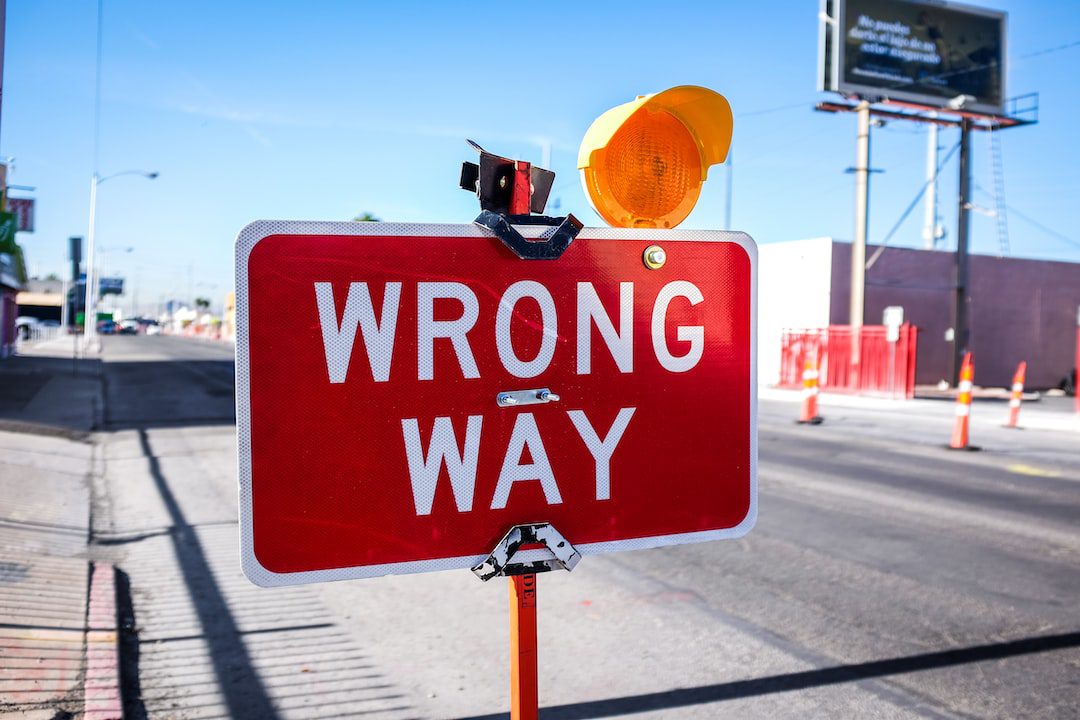Uncovering the Process of Navigating Investigations in the Workplace.

Investigations in the workplace are an important part of ensuring a safe and healthy working environment. As an employer, it is your responsibility to investigate any complaints or reports of misconduct that may arise. This article will uncover the process of navigating investigations in the workplace, from initiating an employer investigation to preventing workplace investigations.
What is the purpose of investigations in the workplace?
Investigations in the workplace are conducted to identify and address any potential workplace issues. Employers must take any reports of misconduct seriously and investigate them in order to ensure the safety of their employees and the integrity of their company. Investigations can also uncover any underlying issues that may be causing issues in the workplace, such as harassment or discrimination.
Investigations are also important for creating a culture of compliance. By conducting investigations, employers can demonstrate to employees that they take their concerns seriously and will take action when necessary. It also sends a message that the company is committed to following the law and protecting its employees.
Types of workplace investigations
There are several different types of workplace investigations. These include investigations into allegations of misconduct, such as sexual harassment, discrimination, and bullying; investigations into violations of company policies, such as drug and alcohol use; and investigations into financial misconduct, such as fraud and embezzlement.
No matter the type of investigation, employers must ensure that the investigation is conducted in a fair and impartial manner. Employees should be given the opportunity to present their side of the story and to provide any relevant evidence or testimony.
Steps in navigating an employer investigation
When initiating an employer investigation, the first step is to gather all relevant information. This includes any complaints, reports, or other information that may be relevant to the investigation. The employer should also consider any potential conflicts of interest, such as if the accused is a family member or close friend of the employer.
Once the employer has all the relevant information, they should then determine the scope of the investigation. This includes deciding who will be interviewed and what evidence will be gathered. It is important to ensure that the investigation is thorough.
The next step is to appoint a lead investigator. This should be someone who is impartial and who has the necessary skills and experience to conduct a fair and thorough investigation. The lead investigator should also be aware of the relevant laws and regulations that apply to the investigation.
The employer should then document the investigation, including all interviews and evidence gathered. This will help ensure that the investigation is conducted in an unbiased manner and that all relevant information is considered.
Interviewing witnesses during investigations
The next step in the employer investigation process is to interview witnesses. This includes anyone who may have witnessed the incident or who may have relevant information. The employer should ensure that all witnesses are treated fairly and that their statements are taken in a professional manner.
The employer should also ensure that the witnesses are given the opportunity to provide their side of the story and to provide any relevant evidence. It is important to ensure that all witnesses are interviewed in a consistent manner and that all information is documented.
What is relevant evidence?
During a workplace investigation, the employer should also gather any relevant evidence. This includes documents, emails, security footage, or any other evidence that may be relevant to the investigation. It is important to ensure that the evidence is collected in a secure manner and that all evidence is documented.
The employer should also consider any potential conflicts of interest that may arise from the evidence collected. If a conflict of interest is identified, the evidence should be collected in a different manner or not at all.
Making a decision in workplace investigations
Once the investigation is complete, the employer must then make a decision. This decision should be based on the evidence collected and the interviews conducted. The employer should also consider any mitigating factors, such as the accused’s previous record or any extenuating circumstances.
The employer should also ensure that the decision is fair and impartial. The employer should also document the decision-making process and ensure that the decision is based on the evidence collected and the interviews conducted.
Preventing workplace investigations
The best way to prevent workplace investigations is to create a culture of compliance and respect. Employers should ensure that all employees are aware of the company’s policies and expectations, and that any violations are addressed promptly.
Employers should also ensure that any complaints or reports of misconduct are taken seriously and investigated promptly. This will help ensure that any potential problems are addressed before they become more serious and require an investigation.
Employer’s legal obligations during investigations
Employers have certain legal obligations during investigations. This includes ensuring that the investigation is conducted in a fair and impartial manner, that all relevant information is collected, and that any conflicts of interest are addressed.
Employers should also ensure that the accused is given the opportunity to present their side of the story and that any decisions made are based on the evidence collected. It is also important for employers to ensure that all interviews are conducted in a professional manner and that all evidence is documented.
Employer’s rights during investigations
As an employer, you have certain rights during investigations. This includes the right to hire an independent investigator, the right to interview witnesses, and the right to gather evidence. It is also important for employers to ensure that the investigation is conducted in a fair and impartial manner and that any decisions are based on the evidence collected.
Consequences of employer investigations
Employer investigations can have serious consequences. If an employee is found to have violated company policies or the law, they may face disciplinary action, including termination. It is also important to consider the potential legal implications of the investigation, such as a potential lawsuit by the accused.
Conclusion - Navigating a workplace investigation
Investigations in the workplace are an important part of creating a safe and healthy working environment. As an employer, it is your responsibility to investigate any complaints or reports of misconduct in order to ensure the safety of your employees. This article has uncovered the process of navigating investigations in the workplace, from initiating an employer investigation to preventing workplace investigations.
Jolasers handle the most complex workplace investigations so take all the stress out of your workplace investigation.
Email: Stephen.oliver@jolasers.com.au to determine how we can help you solve your workplace conflicts.
Click here for relevant Youtube video
https://jolasers.com.au/uncovering-the-process-of-navigating-investigations-in-the-workplace/?feed_id=364&_unique_id=63ad34d29157e


 Has an employee made an allegation of bullying, harassment or sexual harassment in the workplace? Has there been an allegation of misconduct by an employee?
Has an employee made an allegation of bullying, harassment or sexual harassment in the workplace? Has there been an allegation of misconduct by an employee?




